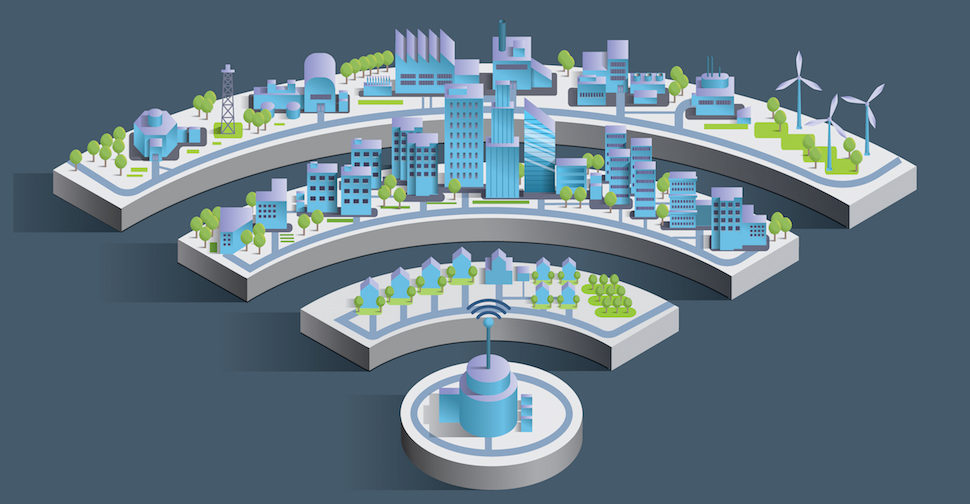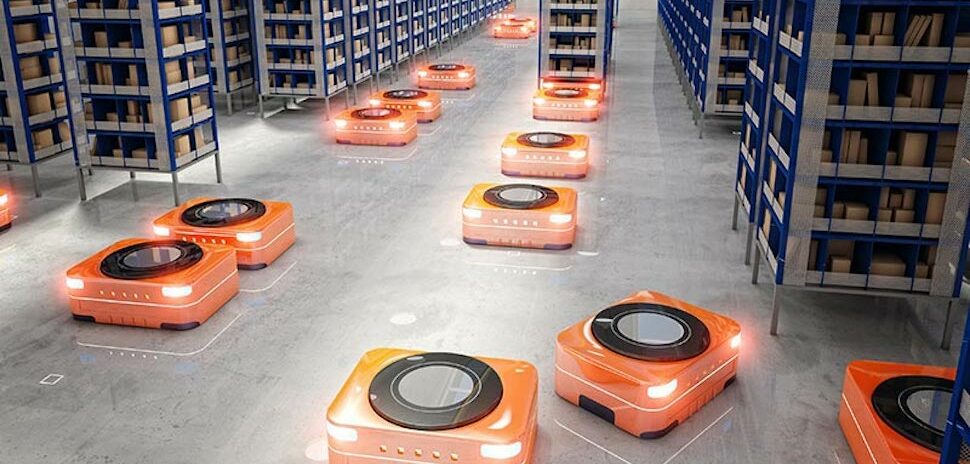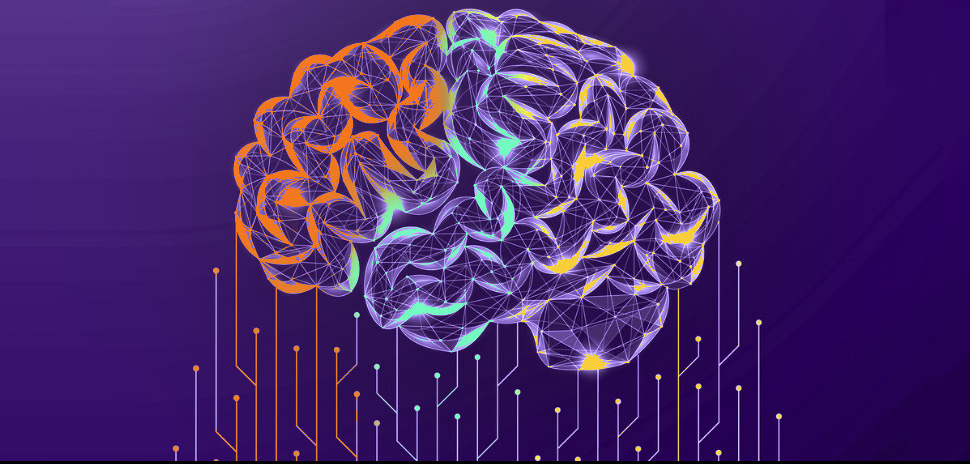BOB EDWARDS EXPLAINS SMART GRID TECHNOLOGY
Bob Edwards is Verizon Wireless’ Client Partner for Smart City Solutions in the state of Texas. He is responsible for designing and implementing Verizon’s Internet of Things (IoT) strategy in government agencies throughout the state. We ask him what, exactly, is Smart Grid technology, and how it’s being implemented
What is your role at Verizon and what exactly does it entail?
My role lies in designing and implementing Internet of Things (IoT) solutions. A major part of Verizon’s charge in this space is to help cities become better connected by replacing aging legacy infrastructures and incorporating wireless technology into city operations. My clients are state and local government agencies, including those in Dallas-Fort Worth, Austin, San Antonio, Corpus Christi, and North Texas metropolitan areas.
What is Smart Grid technology?
Put simply, Smart Grid enables utilities to optimize supply and demand. Smart Grid technology represents integrated communications and advanced sensing technologies to improve system reliability and customer service for key utility operations. The technology evolved from the electric industry in mid-2000 and has since then been adopted by the natural gas and water industries as well. Smart Grid includes a variety of applications — such as SCADA (supervisory control and data acquisition), AMI (advanced metering infrastructure), DA (distribution automation), DR (demand response), and OMS (outage management system) — and involves enhanced utility infrastructure, integrated communications, integration of renewable energy resources (i.e. solar, wind, fuel cells), and improved cyber security.
What are the benefits? Why should utilities want to implement smart meter technology?
“The primary benefits of Smart Grid are improved system reliability, customer service, regulatory compliance, and reduced operational costs.”
-Bob Edwards
The primary benefits of Smart Grid are improved system reliability, customer service, regulatory compliance, and reduced operational costs. A key application within Smart Grid is advanced metering. The utility meter is the primary gateway from the utility to the end consumer, so it is instrumental to billing processes, as well as understanding the utility customer’s consumption and demand profile. Smart metering is also key to improved customer service through advanced services and tariff options.
Where does the electric utilities industry stand in terms of new technology adoption?
Looking across the utility industry, electric is at the forefront of technology adoption due to the near real-time requirements of supply and demand. Adoption of advanced wireless communications, integrated sensing, strict cyber security standards, and pervasive connectivity to enterprise applications, either in the office or field, has never been greater. Electric utilities are very conservative, technically savvy and focus technology adoption in three key areas: regulatory compliance, improved customer service, and safety.
What does the future of Smart Grid look like, both in the long- and short-term?
The short term adoption of Smart Grid technologies will focus in core operational applications such as SCADA, AMI, DA, and OMS. Looking ahead, Smart Grid will evolve to focus more on customer service (i.e. tariff and billing options, pre-payment, and disconnect/reconnect services), renewable energy resources integration (i.e. solar, wind, fuel cell, and battery storage), energy management, and web-based energy and water services. The longer term goal of Smart Grid is to get the consumer better engaged in the supply-demand equation.
For a daily dose of what’s new and next in Dallas-Fort Worth innovation, subscribe to our Dallas Innovates e-newsletter.


































